Mindfulness gets spherical: The shape-shifting ball that mimics your breath
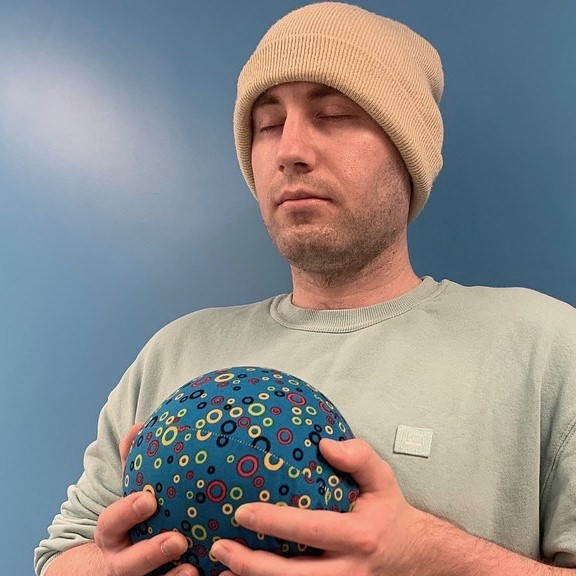
From University of Bath 01/09/23 A soft ball that ‘personifies’ breath, expanding and contracting in synchronicity with a person’s inhalations and exhalations, has been invented by a PhD student at the University of Bath in the UK. The ball is designed to support mental health, giving users a tangible representation of their breath to keep […]
Engineered bacteria can detect tumor DNA
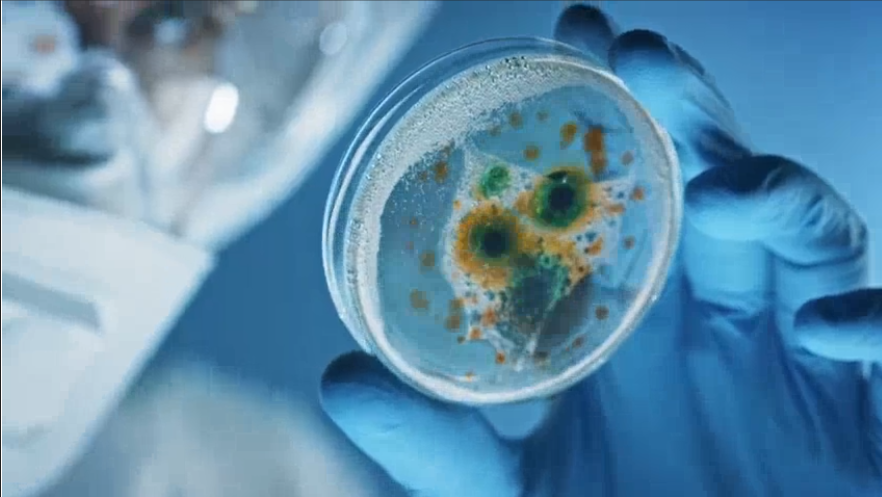
From University of California – San Diego 28/08/23 Pushing into a new chapter of technologically advanced biological sensors, scientists from the University of California San Diego and their colleagues in Australia have engineered bacteria that can detect the presence of tumor DNA in a live organism. Their innovation, which detected cancer in the colons of […]
AI spots brain disorders by listening to someone talk
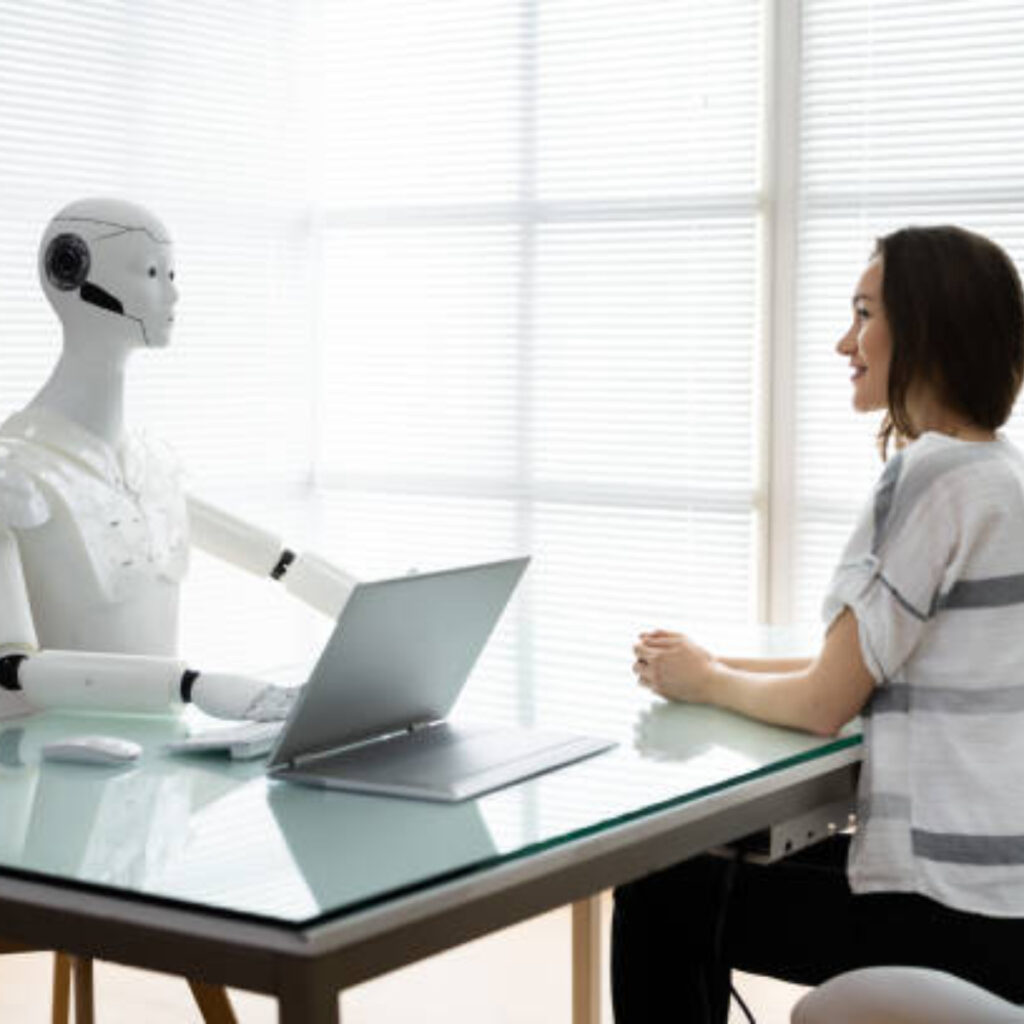
From Hefei Institutes of Physical Science, Chinese Academy of Sciences 25/08/23 A research team led by Prof. LI Hai from Hefei Institutes of Physical Science (HFIPS), Chinese Academy of Sciences (CAS) concluded their research in AI-powered language assessment for cognitive and motor disorders field in a series of paper recently. Acoustic and linguistic features in […]
Micrometres-thin battery charged by saline solution could power smart contact lenses
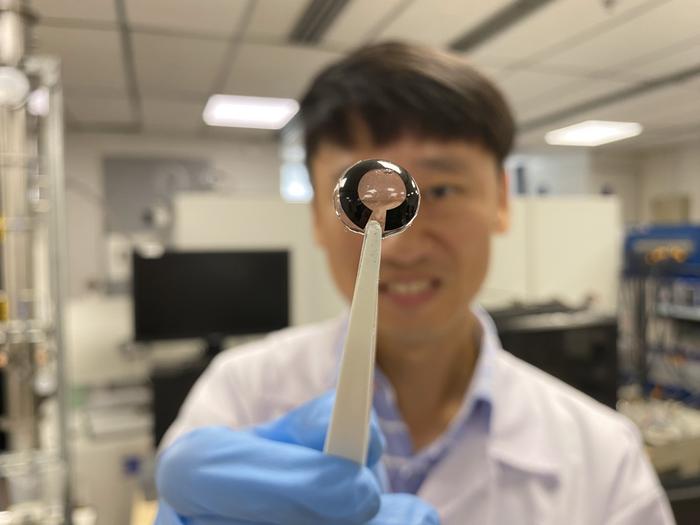
From Nanyang Technological University 25/08/23 Scientists from Nanyang Technological University, Singapore (NTU Singapore) have developed a flexible battery as thin as a human cornea, which stores electricity when it is immersed in saline solution, and which could one day power smart contact lenses. Smart contact lenses are high-tech contact lenses capable of displaying visible information […]
AI predicts throat and stomach cancers from health records
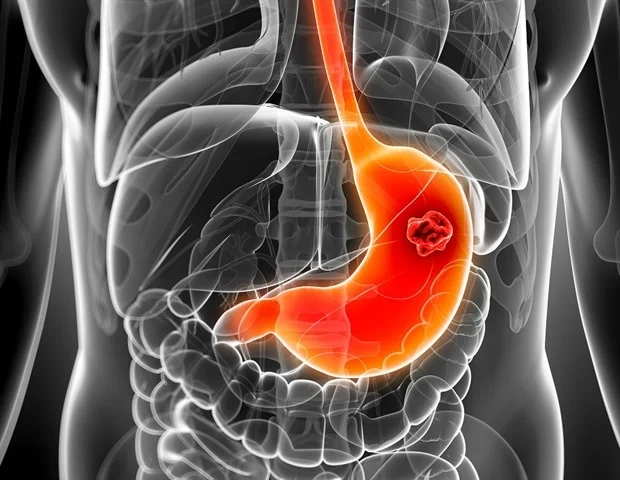
From University of Michigan 23/08/23 In the United States and other western countries, a form of esophageal and stomach cancer has risen dramatically over the last five decades. Rates of esophageal adenocarcinoma, or EAC, and gastric cardia adenocarcinoma, or GCA, are both highly fatal. However, Joel Rubenstein, M.D., M.S., a research scientist at the Lieutenant […]
Building muscle in the lab
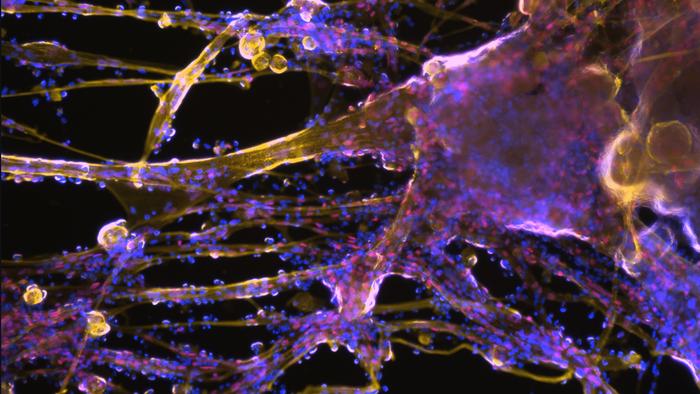
From ETH Zurich 21/08/23 ETH Zurich Professor Ori Bar-Nur and his team grow muscle cells in the laboratory. In this case, they are mouse cells, but the researchers are also interested in human and cow cells. Promising applications resonate with both: human muscle tissue cultured in the lab could be used in surgery, while human […]
Diagnosis of Parkinson’s voice condition from call audio
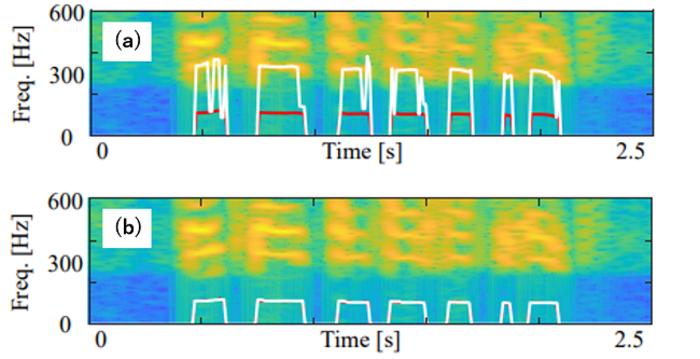
From Toyohashi University of Technology 20/08/23 Overview Assistant Professor Yuya Hosoda of the Center for IT-Based Education (CITE), Toyohashi University of Technology developed a method for estimating the pitch of vocal cord vibrations of humans from call audio. In this method, the pitch is estimated by integrating the feature quantities extracted from the amplitude and […]
AI transformation of medicine: Why doctors are not prepared
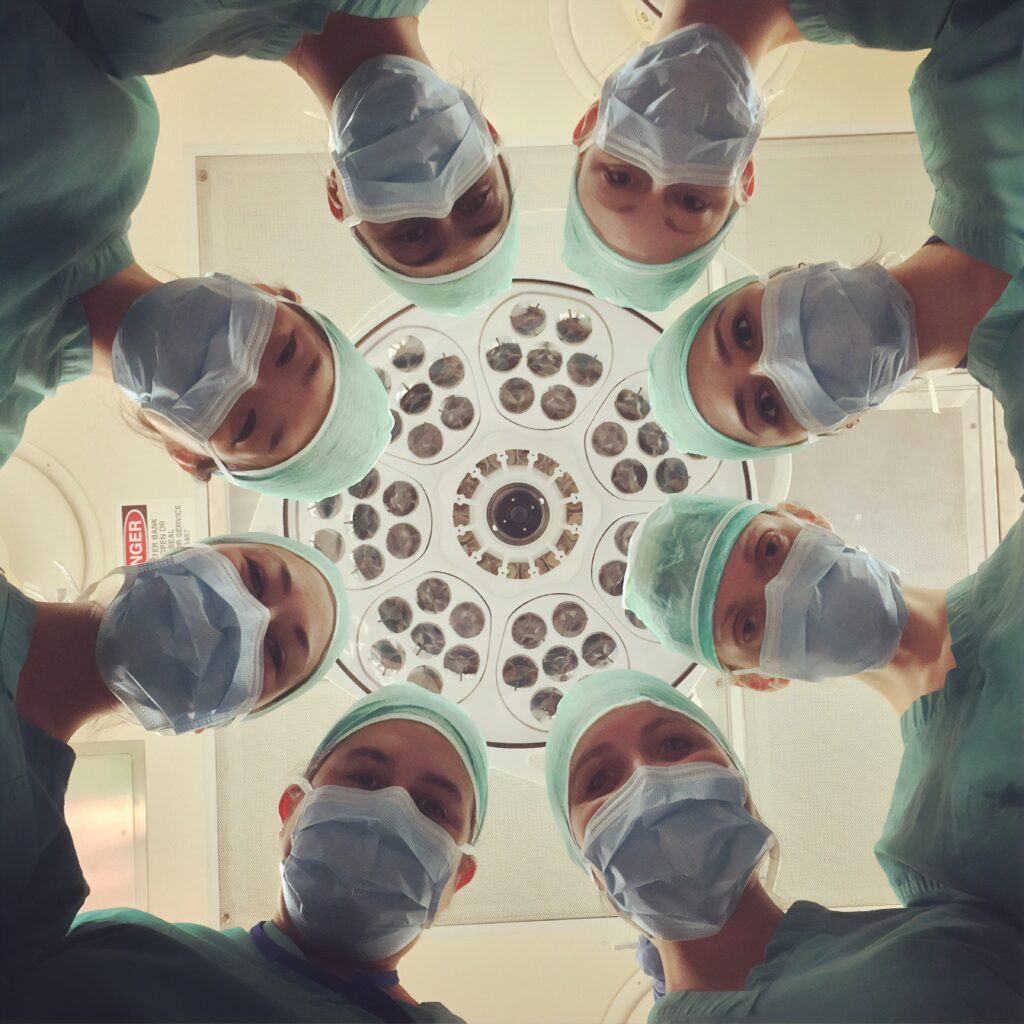
From University of Maryland School of Medicine 08/08/23 As artificial intelligence systems like ChatGPT find their way into everyday use, physicians will start to see these tools incorporated into their clinical practice to help them make important decisions on diagnosis and treatment of common medical conditions. These tools, called clinical decision support (CDS) algorithms, can […]
We’re closer to engineering blood vessels

From University of Melbourne 08/08/23 University of Melbourne researchers have developed a fast, inexpensive and scalable method for engineering blood vessels from natural tissue. Co-led by ARC Future Fellow Associate Professor Daniel Heath and Redmond Barry Distinguished Professor and Shanahan Chair in Frontier Medical Solutions Andrea O’Connor, both from the Department of Biomedical Engineering, the […]
New sensor mimics cell membrane functions to detect hard-to-diagnose cancers

By MASSACHUSETTS INSTITUTE OF TECHNOLOGY 04/08/23 Drawing inspiration from natural sensory systems, an MIT-led team has designed a novel sensor that could detect the same molecules that naturally occurring cell receptors can identify. In work that combines several new technologies, the researchers created a prototype sensor that can detect an immune molecule called CXCL12, down […]
